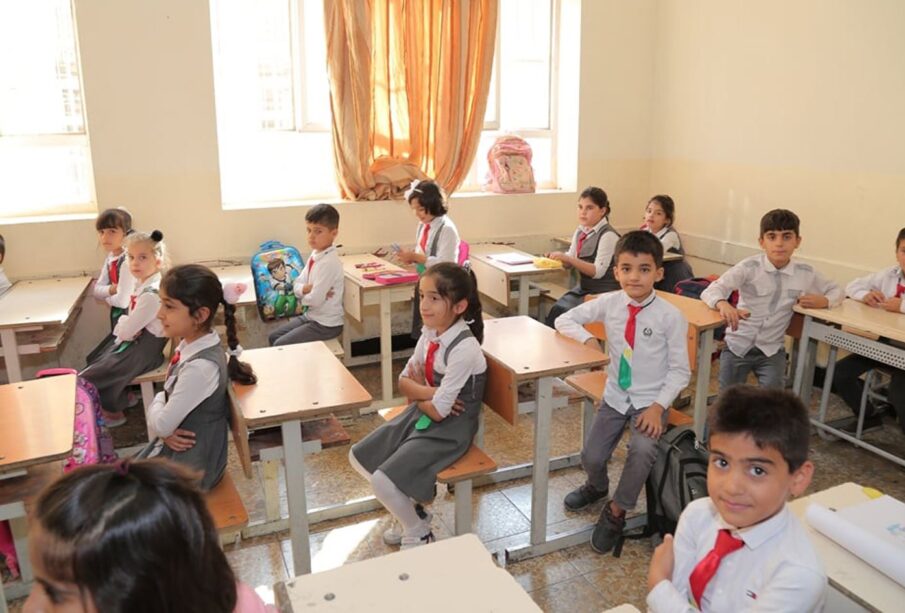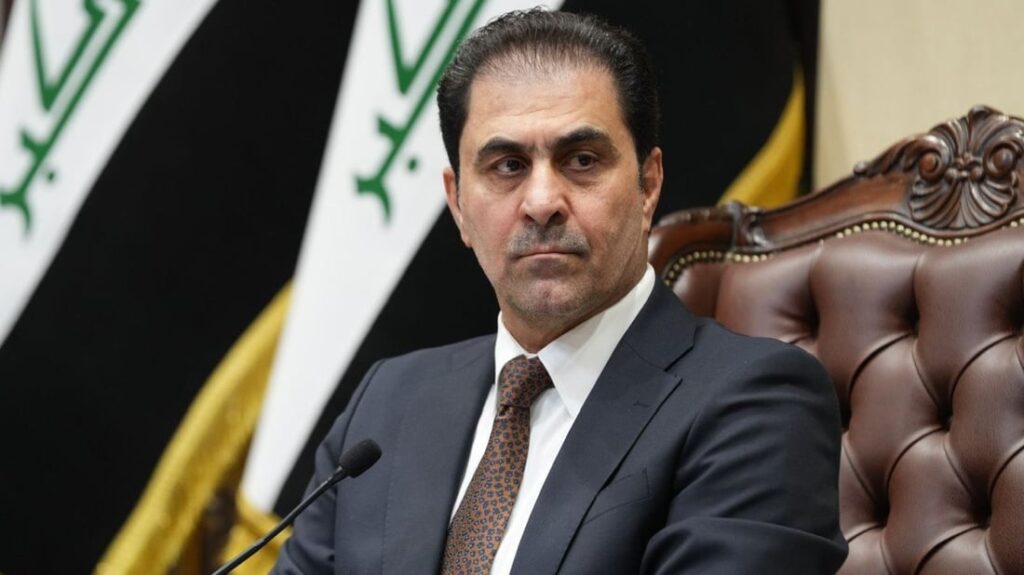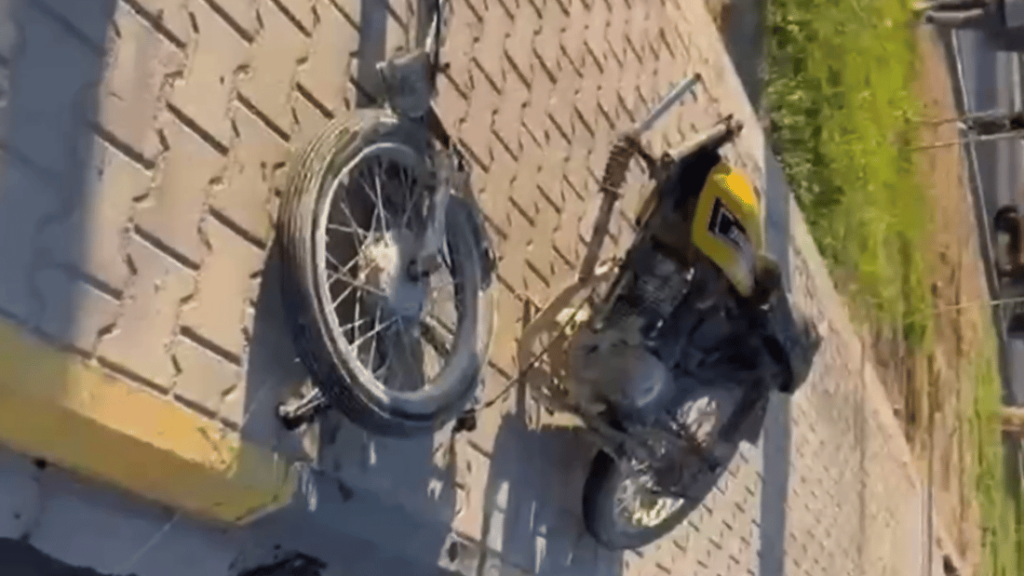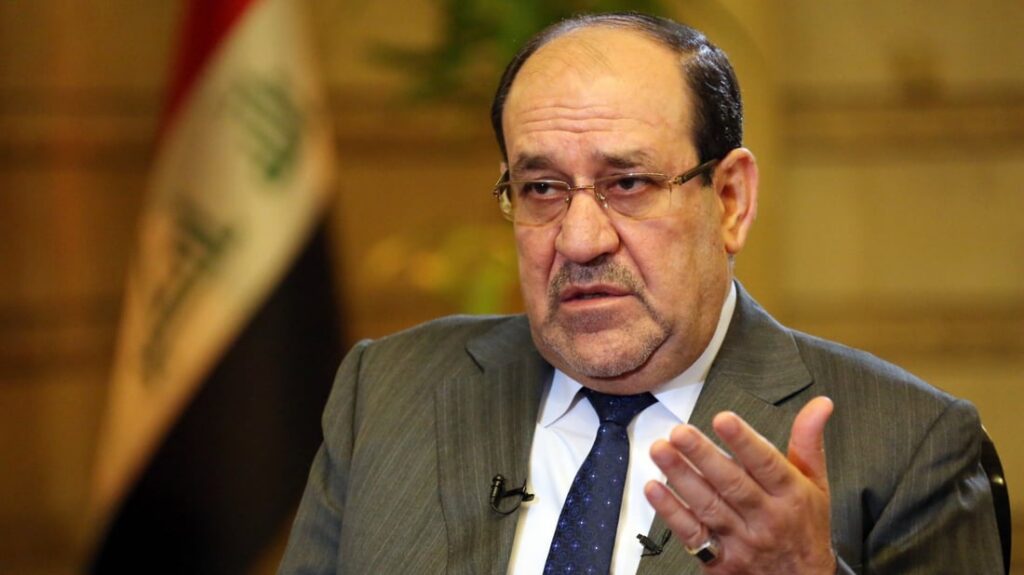Syrian Arab Republic: Syria ǀ Flash Update #8, Humanitarian impact of the military operation in north-eastern Syria, 19 - 20 October 2019
Highlights
Despite the announcement of a 5-day pause in fighting on the evening of 18 October, hostilities continued to be reported in Ras Al Ain, amidst accusations from both sides that the terms of the truce have yet to be delivered.
On 19 October, local responders evacuated 30 injured people and 4 bodies from Ras Al Ain to Roj Hospital in Tal Tamer and Farman Hospital in Quamishli city, Al-Hassakeh governorate; a further 15 wounded and 17 bodies were evacuated on 20 October in addition to five families, including women and children.
Efforts are ongoing to relocate the remaining 14 families (83 individuals) currently stranded in Mabruka camp, now under control of the Turkishaffiliated forces; families have received food assistance and relocation to Areesheh camp is expected to take place in the coming days.
The mission to repair Allouk water station, that serves over 400,000 people in Al-Hasakeh city, was successful with water and electricity restored to the affected population on 19 October. The water station will continue to need to be refueled over the coming days and weeks. Water will take a few days to reach all neighborhoods
More than 176,400 people, including around 74,000 children, have been displaced from Al-Hasakeh, Ar-Raqqa and Aleppo governorates; to date, 18,500 people have returned to their places of origin – 2,500 to Quamishli city in AlHasakeh and 16,000 to Tal Abiad in Ar-Raqqa governorate.
Overall, 55 collective shelters in Al-Hasakeh Governorate are accommodating 10,768 people (2,224 families) – seven collective shelters, six in Tal Tamer and one in Ras Al-Ain, are now empty. Mapping of assessment and response activities in collective shelters is ongoing and further information will be available in the coming days.
As of 20 October, 3,122 people have crossed into Iraq through the informal points nearby Sahela and Alwaleed villages.







